Transform!: Designing the Future of Energy in the Age of Climate Crisis
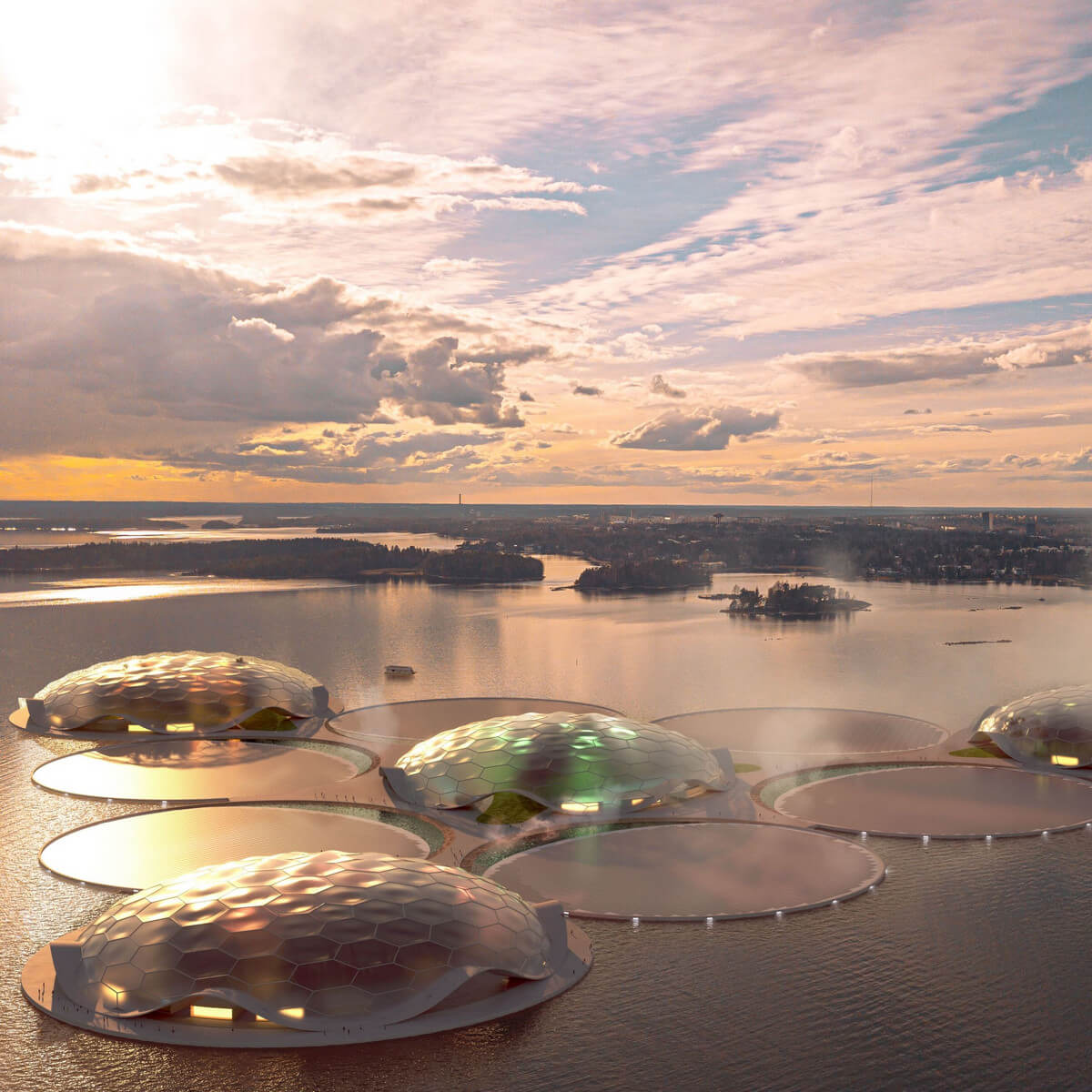
CRA - Carlo Ratti Associati, Helsinki Hot Heart, 2021 © CRA - Carlo Ratti Associati
The Vitra Design Museum in Weil am Rhein, Germany, is set to unveil its newest exhibition, “Transform! Designing the Future of Energy,” on March 23rd, offering insights into the transformation of the energy sector from a design perspective. From everyday products powered by renewable energy to the design of solar houses and wind power stations, from smart mobility systems to futuristic visions of self-sufficient cities, the exhibition will explore a myriad of topics. It will showcase innovative and experimental product designs, speculative design projects, films, architectural archetypes, and visionary future concepts.
Reducing fossil fuel consumption is urgently needed to mitigate global carbon emissions and combat climate change. Just as dependence on fossil fuels permeates even the minutest aspects of our daily lives, it can be predicted that the transition to renewable energy sources will similarly shape our future. All buildings, infrastructures, and products associated with energy production, distribution, and consumption are crafted by human hands. This is where design assumes a pivotal role in ushering in a new era of sustainable energy, which is acting as a bridge between scientific research and end users.
In light of these considerations, the “Transform! Designing the Future of Energy” exhibition broadens its perspective from a human-centered approach to scrutinizing everyday objects, cities, and the entire energy landscape. It poses questions such as: “What criteria govern the design of energy-efficient products?”, “How can design foster the adoption of renewable energy sources?”, and “How can industry, governmental policies, and individuals contribute to the transition to a sustainable future?”
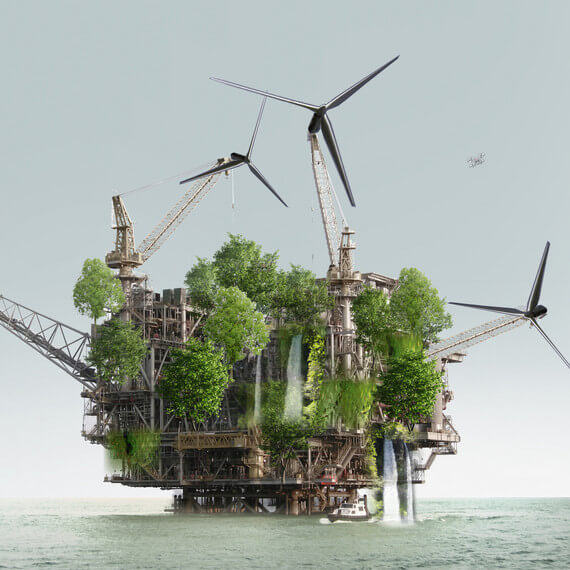 XTU Architects, X_Land, Rendering, 2020 © XTU Architects |
In the first section, titled “Human Power,” visitors are invited to explore their own capacity to generate energy. By pedaling on stationary exercise bikes, visitors can experience firsthand how much effort it takes to produce enough electricity for everyday activities like brewing coffee, surfing the internet, or taking a hot shower. From the US government’s “Atoms for Peace” program to the anti-nuclear movement, from the advocacy for renewable energy sources to the civil resistance against solar power plants and wind farms erected by global corporations, a selection of international posters, protest banners, flyers, and brochures illustrates the evolution of energy policies and showcases the power of individuals to instigate change. Additionally, a slideshow on the “petroleumscape” sheds light on how crude oil as an energy source impacts both the planet and our way of life, underscoring the challenges associated with breaking free from fossil fuel dependence.
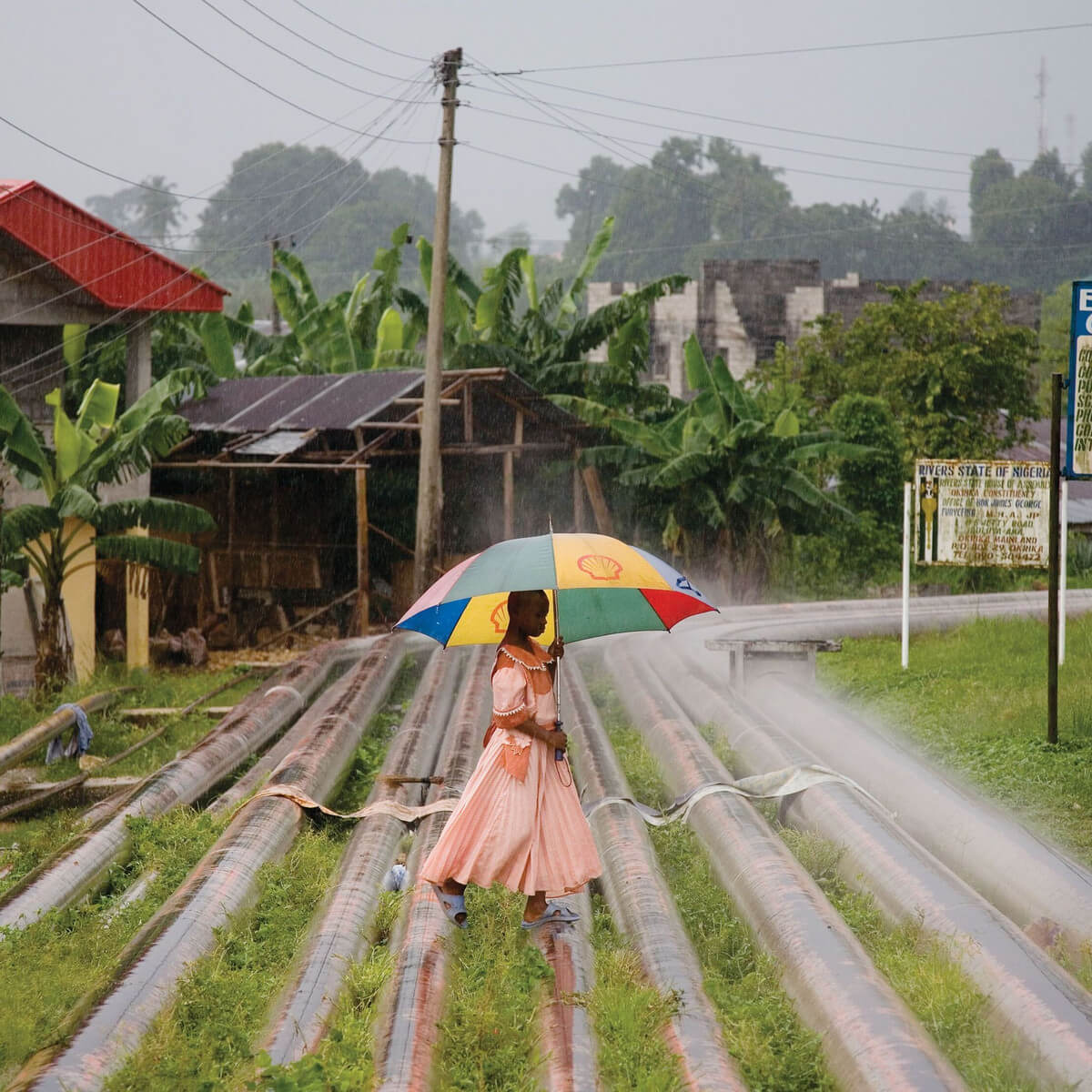 Ed Kashi, Petroleum Pipeline, Okrika Town, Nigeria, 2006 © Ed Kashi/VII/Redux |
The second part of the exhibition, themed “Energy Tools,” showcases products, prototypes, and experiments aimed at enabling a lifestyle “off-grid,” free from reliance on traditional energy infrastructure. Among the highlighted projects are: Pauline van Dongen’s designs, which incorporate photovoltaic cells into clothing such as the “Solar Shirt” (2015) and into fabric panels such as the “Suntex” (2022); Stefan Troendle’s prototype, the “Hydrogen Cooker,” a hydrogen-powered environmentally-friendly stove; Tobias Trübenbacher’s “Papilio” street lamp, equipped with a built-in wind turbine rotor for power generation; Marjan van Aubel’s solar-powered pendulum lamp, “Sunne”; and Pablo Bras’ speculative project, “Available Networks.” Additionally, this section presents a selection of historical projects, underscoring the enduring inspiration that the concept of energy self-sufficiency has provided to designers over time.
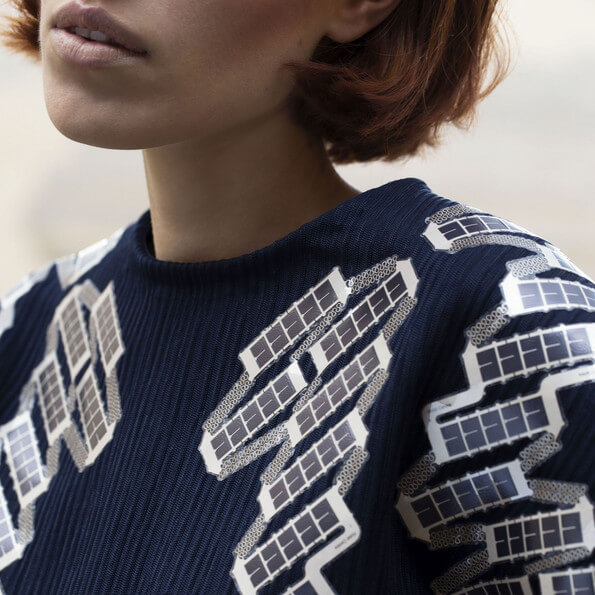 Pauline van Dongen, Solar Shirt, 2015 © Pauline van Dongen, Photo: Liselotte Fleur |
In the third section of the exhibition, titled “Transformers,” innovative approaches in architecture and mobility take center stage. While the building sector alone accounts for approximately one-third of global energy consumption, the transportation sector’s share is nearly as significant. The showcased projects suggest a potential reversal of this trend. The “Powerhouse Brattørkaia” in Trondheim, designed by the architectural firm Snøhetta, stands as the world’s northernmost energy-positive building. It generates more than double the energy it consumes, feeding the surplus back into a local microgrid. The “Plus Energy Quarter P18” in Bad Cannstatt, developed by Werner Sobek in collaboration with AktivHaus, boasts a self-sufficient heating system powered by a combination of heat pumps, photovoltaic thermal collectors, and controlled ventilation of the interior living spaces. The “Day After House,” designed by TAKK architecture, underscores that cutting-edge technology isn’t always essential for enhancing the energy efficiency of existing structures. Through thoughtful spatial planning attuned to diverse climatic conditions and the use of natural insulation materials, this apartment nearly eliminates the need for additional heating.
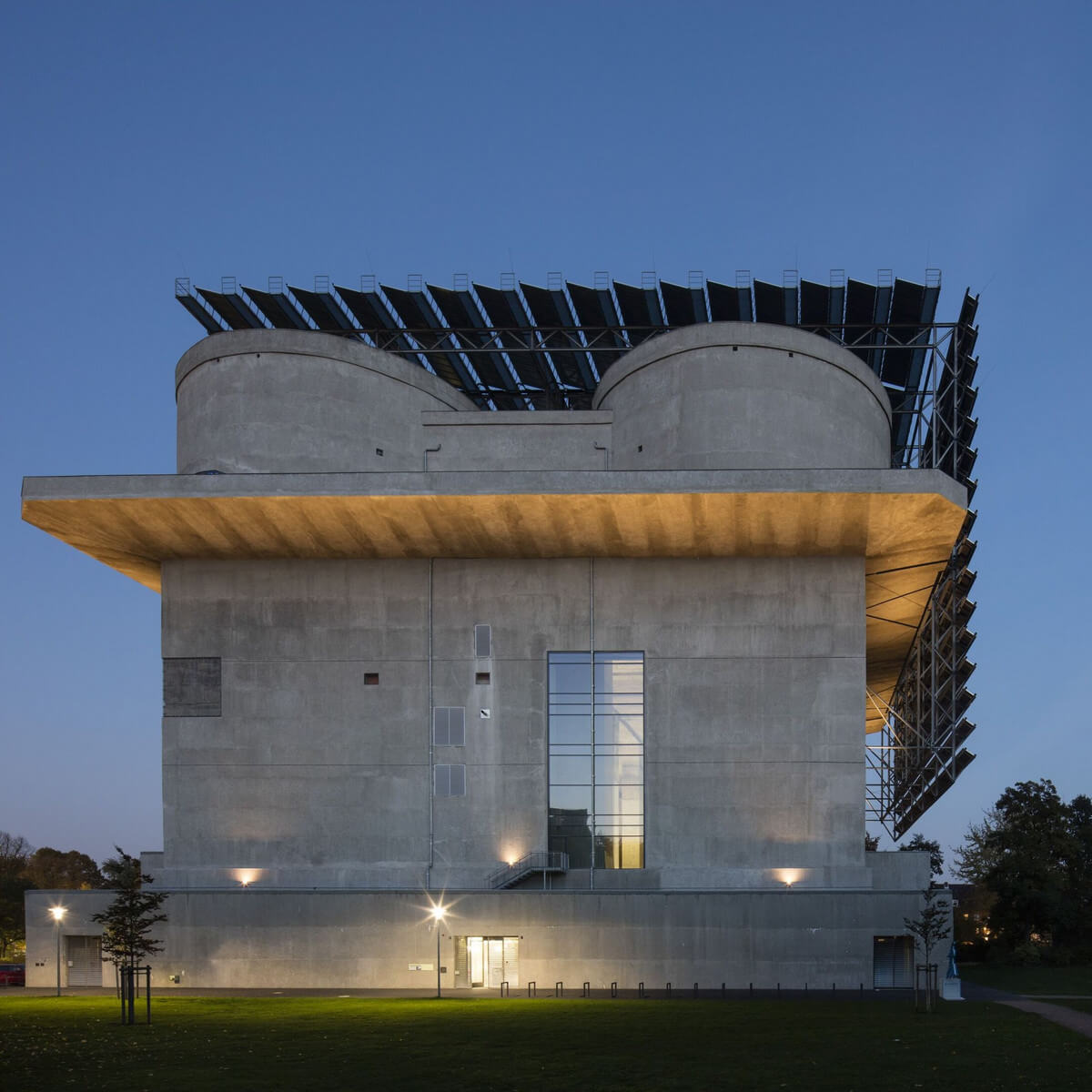 Hamburger Energiewerke, Energy Bunker, 2015 © Hamburger Energiewerke/Sumesgutner |
In every facet of energy production, distribution, and storage—be it the extraction of raw materials, the construction, and operation of energy-generating or converting buildings, or the establishment of infrastructure for storage and distribution—a spatial footprint is evident. That’s why the exhibition’s final section is dedicated to “Future Energyscapes.” This realm of exploration encompasses new typologies, such as Carlo Ratti’s innovative proposal for thermal energy storage in Helsinki, dubbed “Hot Heart.” Additionally, visionary concepts for future energy production, including wind turbine models devised by ECAL/Lausanne students for Canada’s Fogo Island and the hypothetical “Eneropa” conceived by Rem Koolhaas’ Dutch think tank AMO, are featured in this section.
Curated by Jochen Eisenbrand, the “Transform! Designing the Future of Energy” exhibition can be visited at the Vitra Design Museum starting from September 1, 2024.
